SUMMARY
This is AI generated summarization, which may have errors. For context, always refer to the full article.
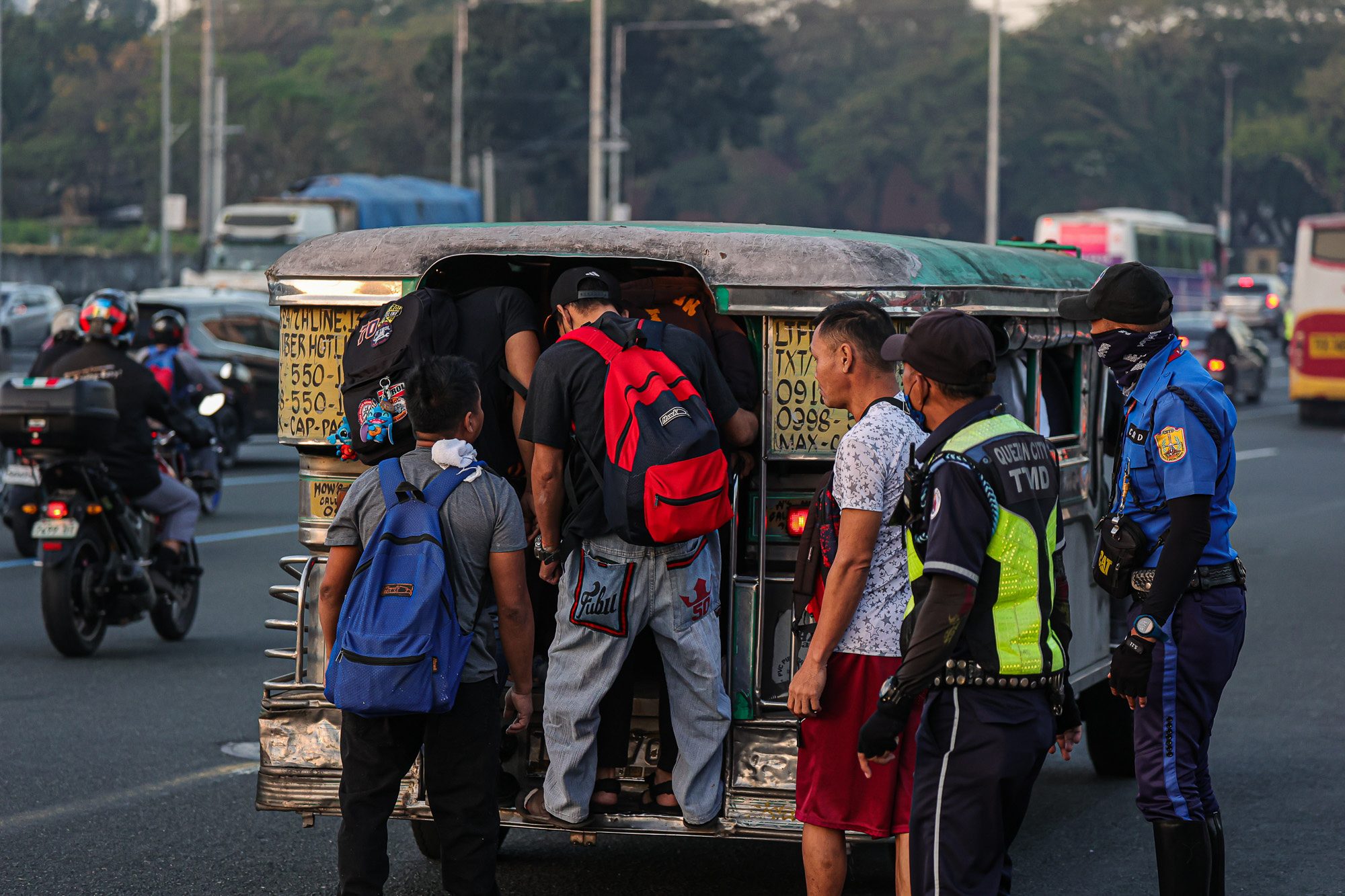
MANILA, Philippines – Some transportation groups are protesting the divisive public utility vehicle (PUV) modernization program as President Ferdinand Marcos Jr.’s second State of the Nation Address (SONA) approaches, with one group threatening to stage a three-day-long transportation strike starting July 24.
At the forefront of this strike is Manibela, the same group that launched a week-long transportation strike last March, before cutting it short following a meeting with Palace officials. Manibela chairman Mar Valbuena is staging another strike to coincide with the SONA because he believes that government has failed to address concerns over the modernization program.
“Nationwide transport strike! Kahit isa, wala pa ring nasusolosyunan sa ating mga inilatag na problema (Not a single one of the problems that we’ve discussed has been solved),” read a post in the group’s Facebook page.
Valbuena told Rappler that he expects around 200,000 to 300,000 members to join the nationwide strike. So far, the strike will affect routes in the following areas, although Valbuena said more may still be added, especially in Mindanao:
- National Capital Region (NCR)
- Pangasinan
- Cagayan Valley
- Central Luzon
- CALABARZON
- MIMAROPA
- Bicol Region
- Western, Central, Eastern Visayas
- Davao Region
- Saranggani
- Cagayan de Oro
For its part, the Land Transportation Franchising and Regulatory Board (LTFRB) is calling for the group to discontinue its strike.
“Nananawagan kami na hindi sana matuloy yung transport strike,” said LTFRB board member Mercy Leynes, “Ang pinaka-importanteng consideration dapat ‘yung mga welfare ng ating mga mananakay kasi sila talaga ‘yung tatamaan kung matutuloy itong transport strike.”
(We’re hoping that this transport strike doesn’t push through. The most important consideration should be the welfare of commuters since they’re the ones who will be affected if this transport strike pushes through.)
Leynes gave assurances that should the protest push through, government would provide “alternative means of transportation for commuters.”
The Department of Transportation (DOTr) also issued a statement on Thursday, July 13, against Manibela’s planned protest.
“Their group is free to stage any form of protest. However, DOTr will not be held hostage. The whole country and innocent commuters will not be blackmailed every time this group does not get what it wants,” the statement read.
Why are transport groups protesting?
Manibela alleged that local governments and big corporations are encroaching on their routes based on the route rationalization plans implemented by the government. Valbuena said that routes are being bid out for high amounts – an under-the-table practice supposedly happening in NCR and in regions across the country.
“Unti-unti pong kinakain ‘yung mga ruta. Mga local politicians na po ang nagmamay-ari ng mga ruta, Valbuena said in a press conference on Wednesday, July 12.
(Our routes are slowly being eaten away. Local politicians are now the ones who own the routes.)
Valbuena called for Transportation Secretary Jaime Bautista and LTFRB Chairman Teofilo Guadiz to resign. He also asked legislators to investigate the alleged bidding of routes.
“Nananawagan din tayo sa Senado at Kongreso na imbestigahan po ‘yung pagpapatupad ng LPTRP (Local Public Transport Route Plan) at sana po itigil na ‘yan,” Valbuena said in a Facebook live video. “Ibasura na po ‘yung LPTRP na ‘yan.”
(We’re also calling on the Senate and Congress to investigate the Local Public Transport Route Plan and to stop it. Let’s junk the LPTRP.)
Transportation group PISTON also plans to hold protests as the SONA nears, focusing too on problems around the PUV modernization program.
PISTON president Mody Floranda told Rappler that the group will hold its “State of the Transport Address” on July 17, although he did not confirm whether PISTON intends to join the three-day transport strike.
What is the PUV modernization program?
The PUV modernization program, dreamed up during the Duterte administration, has the ultimate goal of making public transportation in the Philippines more efficient and environment-friendly. The most controversial components of the program are industry consolidation, route rationalization, and fleet modernization.
Industry consolidation, viewed as a first step, involves having all individual jeepney operators consolidate into either a cooperative or corporation. Under this arrangement, the franchise owner would be the cooperative or corporation, rather than the jeepney operators.
This was also what sparked the protests – headed by Manibela and PISTON – earlier on March 6, as some transportation groups feared that traditional jeepneys would be phased out by June 30.
Instead of continuing with industry consolidation, Manibela’s Valbuena wants the government to continue issuing five-year franchises to individual operators.
However, the LTFRB disagreed, saying that doing so would disregard the entire modernization program, which has already seen about a 60% level of compliance in the country, reaching as high as 90% in Central Luzon.
“Kami, nahihirapan na maintindihan kung bakit may mga nagsasabi na napakahirap mag-comply doon sa modernization program when the numbers speak otherwise,” LTFRB’s Leynes said, emphasizing that the industry consolidation deadline has been extended several times since the program started.
(It’s hard for us to understand why some say that they’re having difficulty complying with the modernization program when the numbers speak otherwise.)
Transportation groups also protested against route rationalization, pointing out that some routes may be cornered by big corporations or cooperatives that got into the program early on.
Smaller operators also worry about the prohibitive cost of modernized jeepneys, which can reach more than P2 million each, as the program would eventually require all of them to upgrade their vehicles.
Government’s response
The DOTr denied Valbuena’s accusations, challenging him to prove the allegations with “concrete proof and evidence.”
“DOTr, LTFRB, and Office of Transportation Cooperatives (OTC) have been in the past many weeks engaged in consultations with our PUV drivers and operators regarding their concerns such as the Local Public Transport Route Plan. The LTFRB has always been fair in implementing its mandate based on the Omnibus Franchising Guidelines (OFG),” the DOTr’s statement read.
“Clearly, their planned ‘strike’ is intended to gain media attention and public sympathy, but not to address the legitimate concerns of PUV drivers and operators,” the department added.
The LTFRB also denied bidding routes or having any bidding fees.
“Walang bidding na nagaganap para sa ruta. Ang tawag doon ay selection process. ‘Yung selection process open to all. May qualifications katulad ng nirequire ng Public Service Act, which is the entity should be legally, financially, and technically capable,” Leynes said in a press conference.
(No bidding has been held for the routes. It’s called a selection process. The selection process is open to all. There are qualifications being required by the Public Service Act, which is that the entity should be legally, financially, and technically capable.)
She emphasized that the selection process, which is sometimes livestreamed, is “regular” and open to those who are qualified. Apart from this, she said that the agency also keeps its doors open to groups that have concerns they want to air out.
“Simula ng itong administration na ito, what we did was to conduct consultations. May formal, may informal consultations,” Leynes said. “Talagang araw-araw si Chairman naikipagdiyalogo sa iba-ibang transport, iba-ibang denominations.”
(Since the start of this administration, what we did was to conduct consultations. Some were formal, some informal. Chairman would really hold dialogues every day with different transport groups and denominations.)
– Rappler.com
1 comment
How does this make you feel?
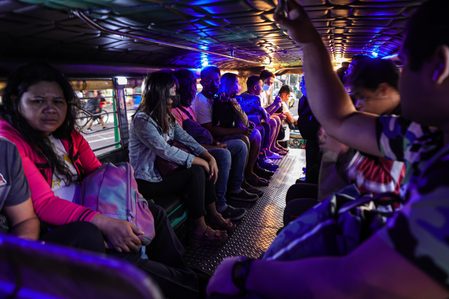
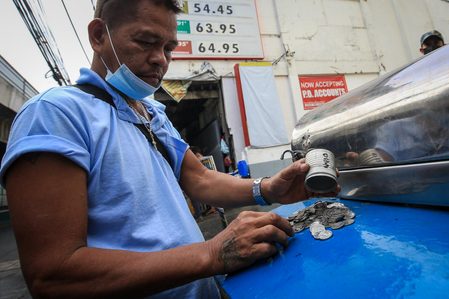
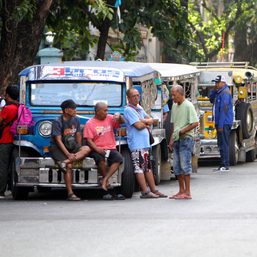
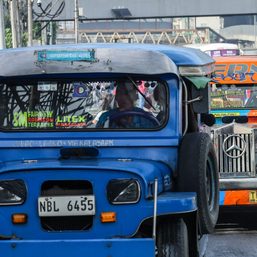
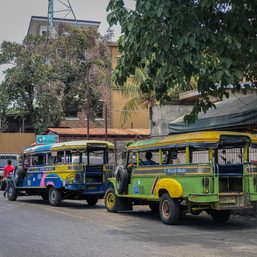
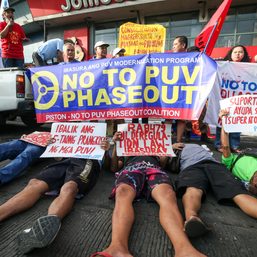
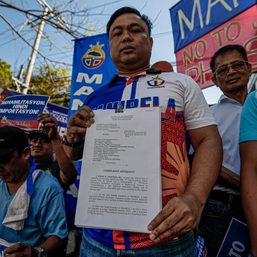
The problem with corruption is that it is hard to prove with “concrete proof and evidence.” This is about the allegation that “routes are being bid out for high amounts – an under-the-table practice supposedly happening in NCR and in regions across the country.” But under a political environment of Political Dynasty, Political Patronage and Presidential Appointment Process working hand-in-hand all together, such allegation MIGHT be true. Hence, with this situation and other contributory factors – it is more likely that many or most of the original jeepney operators will be left out of the Marcos Administration’s PUV Modernization Program. So, for those who will be, unfortunately, left out – not only marginalized but FINALLY EXCLUDED – starting now, they better think of having new livelihoods.